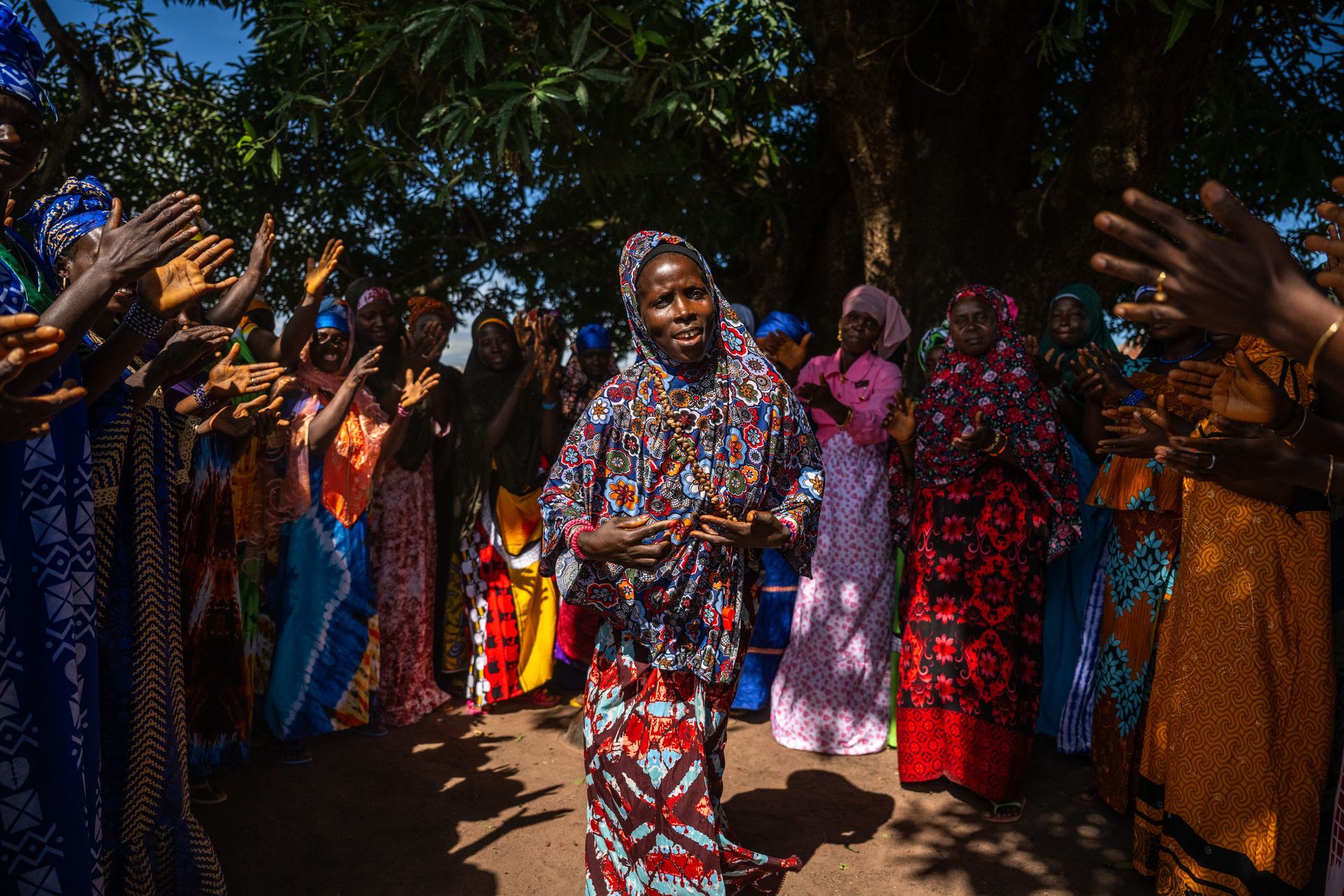Emotional, Rational, and Artificial Intelligence for a Sustainable World
Marco Tedesco, PhD, Lamont Research Professor at Columbia University's Lamont-Doherty Earth Observatory and Climate School, reflects on the importance of emotional intelligence in sustainability. He advises a balance of emotional, rational, and artificial intelligence for a sustainable world.
Emotional intelligence should play a larger role in our choices.
Artificial intelligence is not the solution to all problems.
Sustainability approaches using a balanced combination of AI, EI, and RI are likely to be the most successful.
How do we define intelligence? Are humans more intelligent than other creatures? These are questions I often ask myself, especially when I think of climate change, sustainability, and the impact of humans on our planet.
It is true that humans possess a unique set of cognitive abilities that are not found in other animals, such as language, abstract reasoning, planning, and problem-solving. It is also true, however, that when it comes to skills such as sensory perception and some forms of problem-solving, other animals may outperform humans. This is not only true when it comes to physical sensory skills—for example, think of birds who can navigate thousands of miles across oceans without getting lost—but also from an emotional and planning perspective. For example, many species would never deploy all the resources within their habitat knowing that this might lead them to extinction, as humans do. See the latest book by Ed Yong, An Immense World: How Animal Senses Reveal the Hidden Realms Around Us.
Rational and emotional intelligence are two types of intelligence that have been studied extensively. Rational intelligence refers to the ability to think logically, solve problems, and make decisions based on facts or evidence. Emotional intelligence, on the other hand, is the ability to understand and manage one's own emotions as well as the emotions of others. If it is true that rational intelligence is often measured and represents a benchmark to define the “quality” of an individual, emotional intelligence has not been valued as important as rational intelligence, nor tools to properly measure it have gained popular consensus.
Recently, to further extend rational and emotional intelligence, humans have created and are proud of the development of artificial intelligence, also known as AI, and defined as “the theory and development of computer systems able to perform tasks that normally require human intelligence, such as visual perception, speech recognition, decision-making, and translation between languages.” So, it all goes back to human intelligence. Again!
The intersection between sustainability and AI is an area of growing interest as organizations and governments seek to use such tools to strengthen sustainability through reducing carbon emissions, optimizing energy consumption, improving waste management, and enhancing resource efficiency, to name a few examples. We need, however, to remember that AI feeds on human intelligence and, very importantly, human intentions. The “black box” nature of many AI applications makes it particularly suited to introducing biases or manipulating information towards or against, for example, specific racial or social groups. As AI systems are designed and trained by humans, they can reflect existing biases and prejudices. If these biases are not addressed, AI could perpetuate and amplify social and economic inequalities. A democratic AI ecosystem is paramount for a just, sustainable society.
This is where emotional intelligence (EI) can play a role. EI is often overlooked in discussions of sustainability, which tend solely to focus on technical solutions and policies. However, EI promotes the creation and growth of strong interpersonal connections, effective collaborations, and can help making decisions that benefit both people and the planet in an unbiased way.
One aspect of emotional intelligence that is poorly considered is empathy—the ability to understand and share the feelings of others. In the context of sustainability, empathy is critical for understanding the needs and perspectives of different stakeholders, especially of those who may be affected by environmental degradation or social inequality. By practicing empathy, individuals and communities can work together to find solutions that benefit everyone, rather than just a select few.
Self-awareness, the ability to recognize and understand one's own emotions, thoughts, and behaviors is also crucial to identifying and addressing one's own biases and assumptions, as well as to recognizing the impact of one's own actions on the environment and society. By cultivating self-awareness, individuals can become more responsible and conscious consumers, and can work to reduce their own environmental footprint.
Empathy and self-awareness also improve communication skills. Effective communication is essential for building trust and understanding among stakeholders as well as for collaboration and conflict resolution, which are necessary for overcoming obstacles and finding common ground. It is also important for being able to listen and communicate to those who are affected by environmental degradation or social inequality, which requires building relationships and engaging in dialogue with people from different backgrounds and perspectives. This allows for a deeper understanding of the challenges facing communities — communities that have the right to be empowered with the proper tools rather than told what to do in “their best interest.”
As we continue to pursue a more sustainable future, it is important to remember that the emotional and social aspects of sustainability are as important as the technical solutions and policies needing to be put in place. By harnessing the power of emotional intelligence, we can create a more just, equitable, and sustainable world for ourselves and future generations. This is as important as stopping the sea from rising!
About the Author:
Marco Tedesco, PhD
Lamont Research Professor
Columbia University Lamont-Doherty Earth Observatory and Climate School
PHOTO: Pxhere
Read perspectives from the ISSP blog



